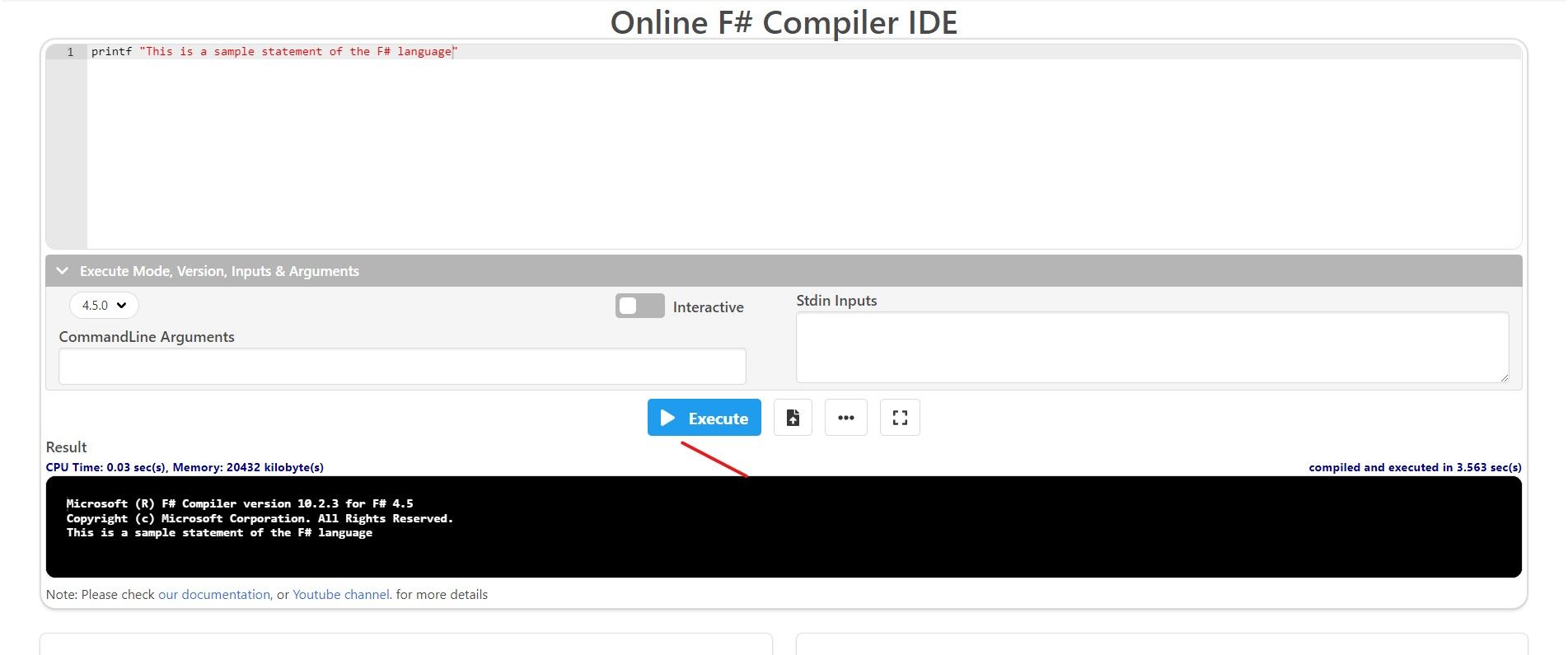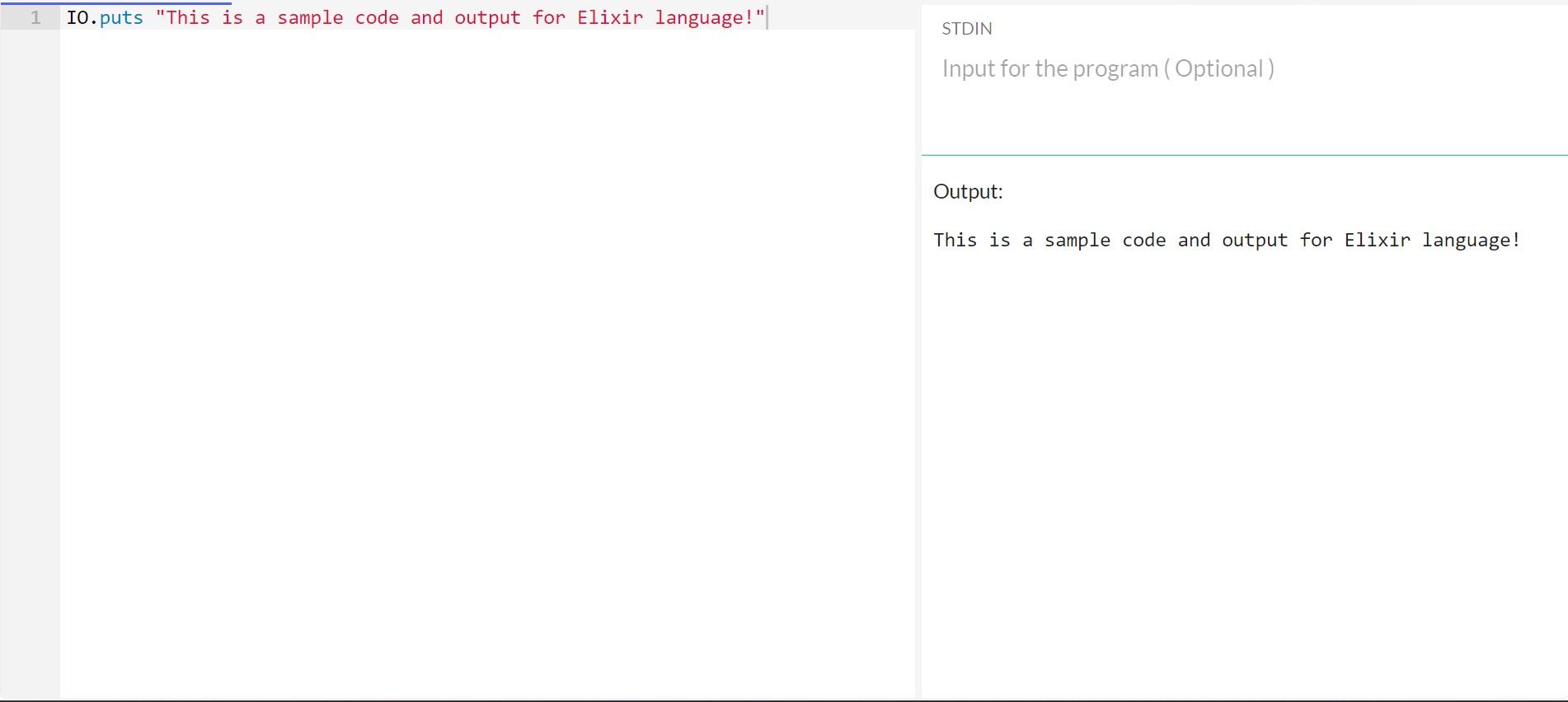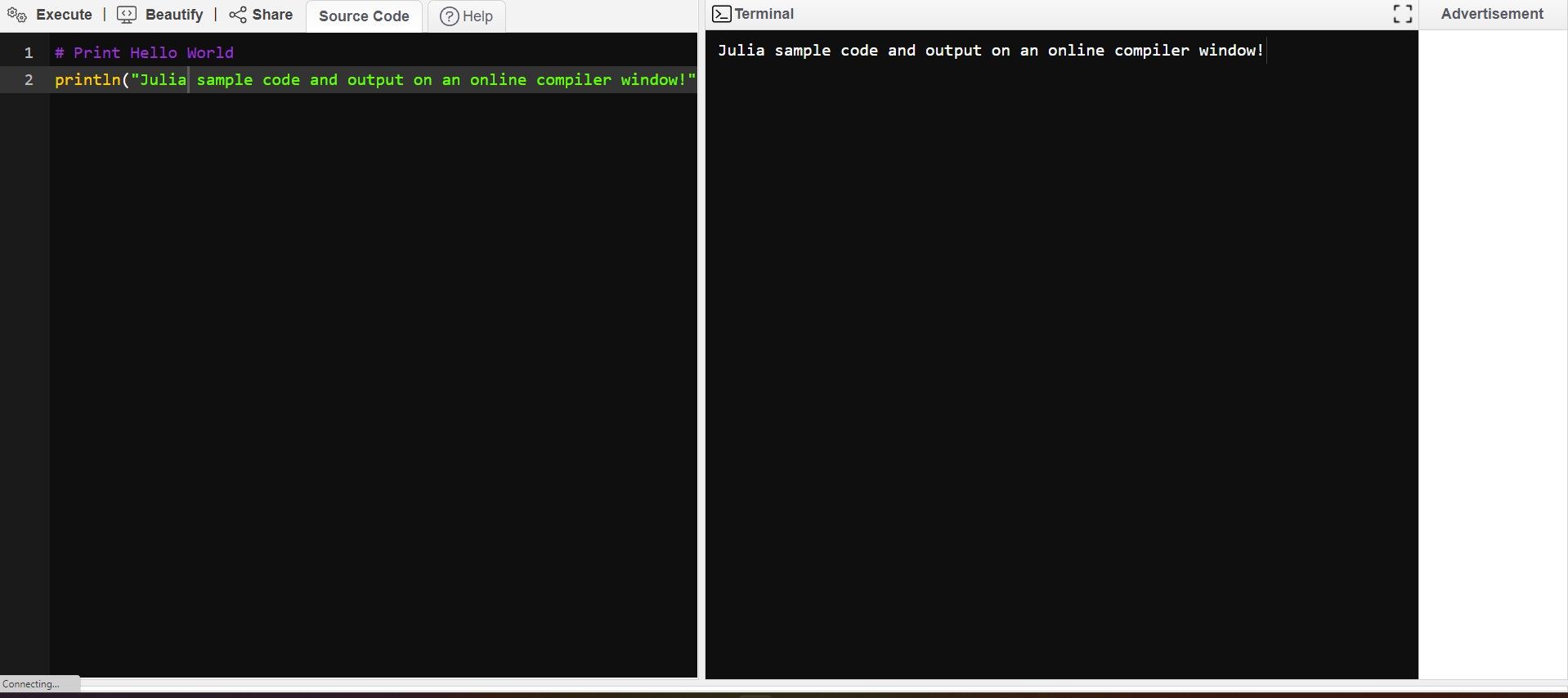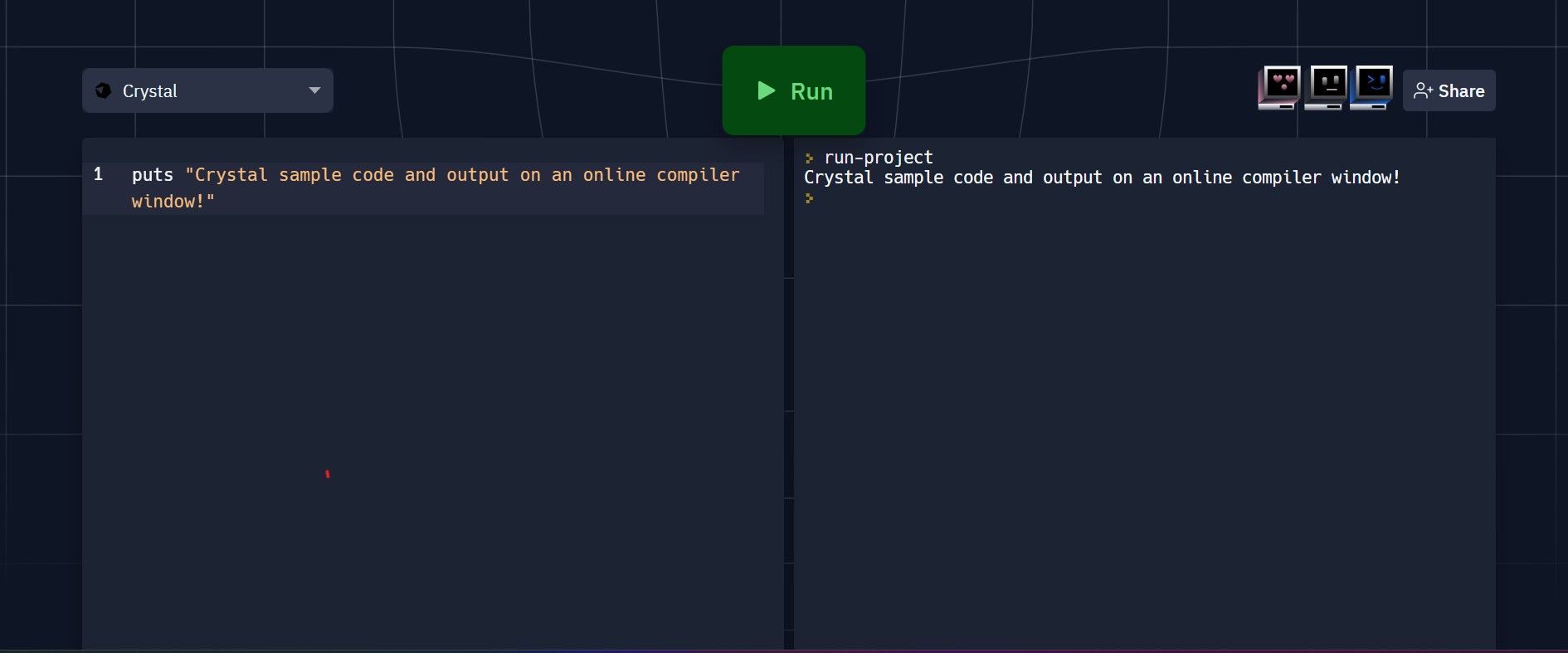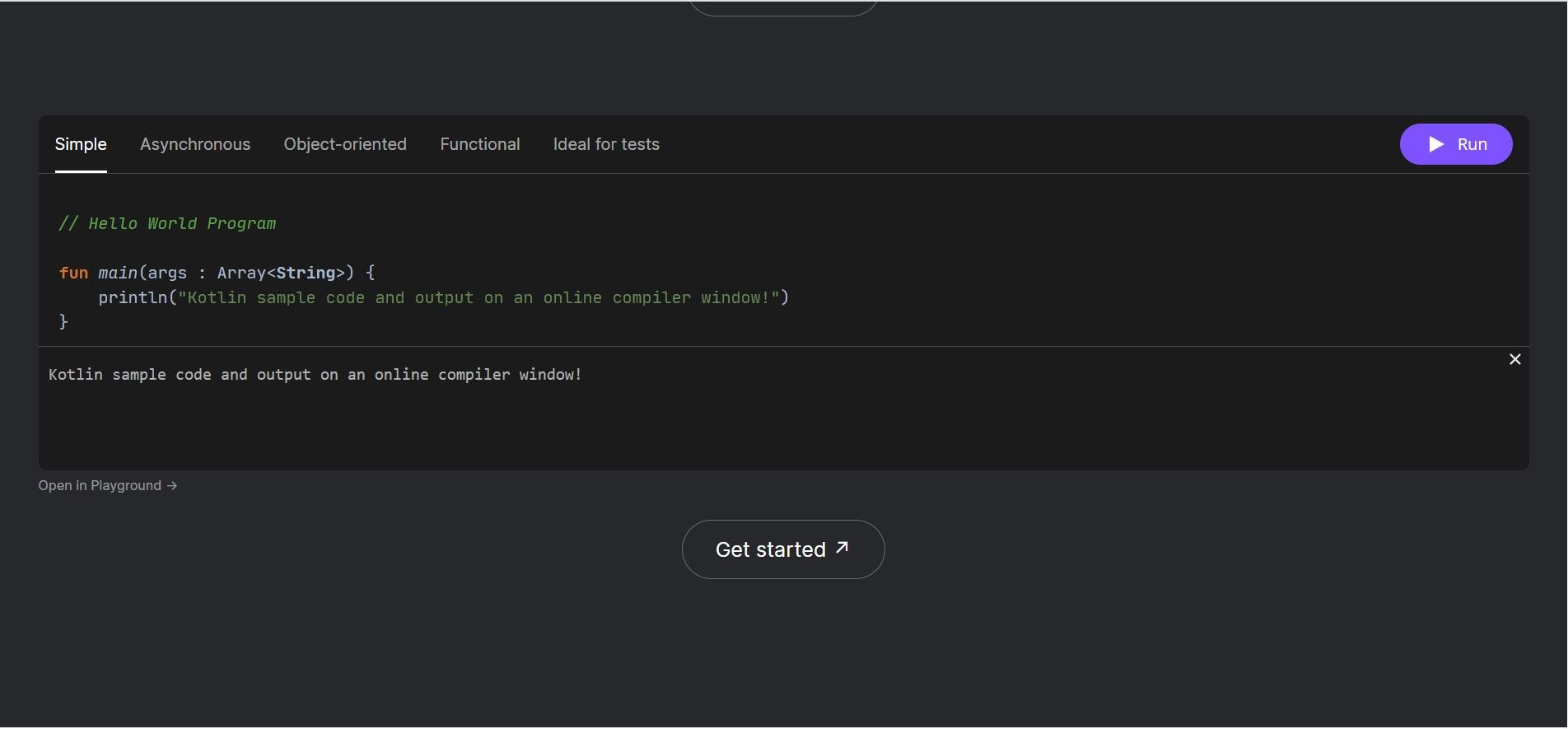2023 is the year of change, which is no different for the programming world. From fading coding languages to emerging ones, you can continue to grow and evolve within the ever-expanding technological gamut.
If you want to gear up your skills and learn a language of the future, why not invest in an upcoming programming language? The languages listed below might not be as famous as they should be, but they are gaining attention.
Here's a list of the top 6 unusual and groundbreaking programming languages to learn in 2023.
1. F#
F# (read F sharp) is a close competitor of the ever-famous Python, and its simplicity and brevity continue to add their unique flavors to the language’s essence. Since it is an open-source language like its counterpart, F# is widely gaining traction as a cross-platform, performance-driven language.
Initially developed by Microsoft in 2005, it draws clear design inspirations from other languages such as Haskell, Python, and Scala. As a programming language, you can use F# for data analysis, statistical inferences, scientific research, game designing, building and designing desktop applications, and artificial intelligence.
Some notable features include lightweight syntax, fast execution, first-class functions, pattern matching, and rich data types.
2. Elixir
Languages like Ruby and Python might have served their time, but these languages continue to support the development of other languages. Elixir is influenced heavily by Ruby on Rails, but it draws its power from Erlang.
José Valim, the inventor of the Elixir language, invented it to address the shortcomings of Ruby, while staying true to its source, Erlang. Even though Elixir's syntax closely resembles Ruby, its compatibility with Erlang's VM, BEAM, and Erlang ecosystem continues to award users the best of both languages.
When you start working with Elixir, you will notice its scalability and fault-tolerant features necessary for building an extensive distribution system. Here are some of Elixir's top features to look out for:
- Open Telecom Platform (OTP) library for concurrent programming.
- Option to work with a variety of cloud platforms.
- Remote debugging, dynamic typing, and a neatly structured syntax.
- An extensive list of web application development tools, such as Mix, IEx, and Phoenix.
3. Julia
As a newcomer on the tech block, Julia promises to be a game-changing programming language. Despite having a decade of existence under its belt, Julia is a strong contender, which assists in machine learning, scientific computing, and even data wrangling/mining. It's even said that Julia is bidding for Python’s throne, with its innate abilities and strong features.
Julia, as a language, is genuinely tri-faceted; it brings forth C’s speed, Python’s programming prowess, and R’s statistical power. As per Julia’s developers, here are a few features which set it apart from its immediate competitors:
- Fast processing speed.
- Dynamic typing, making it a good host for interactive programming.
- It comes equipped with pre-built binaries, allowing you to reproduce environments at the click of a button.
- Provision for building entire microservices and applications, given its synchronous I/O, metaprogramming, and debugging features.
- Parallel processing at multiple levels to generate native GPU codes.
- Multipurpose libraries, some native to Julia; you can import and use external libraries from Fortran, Python, Java, C++, and many others.
4. Crystal
There is literally a coding language catering to all forms of application development. If you are a front-end developer, you should learn JavaScript. Similarly, Java, Go, Elm, and Rust are suitable for backend programming.
There are plenty of other programming languages in the market; depending on your usage and need of the hour, you can choose one which comes closest to your needs. But where does Crystal come into the picture?
Like Elixir, even Crystal derives its speed from C and its slickness from Ruby, allowing it to focus on enhancing performance and improving user experiences. If you have experience coding in Ruby, you will probably love Crystal. It imbibes the former’s syntax legibility and structure. Since it is a static type-checked coding dialect, you will be less prone to typos and syntax errors.
To enhance usage, and add an edge of functionality that is rarely available with every other language, you can use its inherent macro system to assist with basic templating and run external programs.
5. Red
Red draws inspiration from Relative Expression Based Object Language (REBOL). Like some other languages in this list, this language addresses the shortcomings of its base language, REBOL.
Red is a first-of-its-kind full-stack development language, which tries to live up to the concept of one tool to rule them all.
It’s a single executable language with no additional dependencies and is smaller than one megabyte. Here are some benefits of using Red for your programming needs:
- Easy-to-use syntax.
- Homoiconic, as it has its native meta-language and data formats.
- It’s a symbolic programming language supporting object support, macro systems, and a rich set of data types.
- This cross-compilation language is less than a megabyte in size, with unending support for parallelism, concurrency, and low-level system programming abilities.
6. Kotlin
Jet Brains has created Kotlin and rolls it out to the end-users via its world-class IDEs. Since Kotlin is a general-purpose, object-oriented language, it is sponsored by Google and is Android’s official application development language. It is a statically typed language with a well-defined set of data classes, making it concise and safe to use. This language runs seamlessly on Java Virtual Machine (JVM).
You can learn Kotlin without having prior coding experience, and then you're ready to develop applications like a pro.
Some additional benefits include the following:
- Well-created order functions, expressions, and evaluation methodologies.
- Expressive, concise, and requires fewer boilerplate codes.
- The language's usage is safe, given its nullability-enabled type system, and NullPointerExceptions.
- Its multi-platform capabilities allow you to share application logic between various platforms, including web, mobile, desktops, and laptops.
- Kotlin's ever-expanding array of community-driven libraries enhances its efficacy and effectiveness, especially when you struggle with development.
Prepare for the Future With These Emerging, Groundbreaking Programming Languages
Each language is carving a niche and wading through the competition to emerge as a strong contender for the top spot. However, a few other programming languages have bitten the dust and are losing themselves in the sands of time.
To stay relevant and focused in the future, it is essential to unlearn a few outdated programming languages, which can leave you jobless eventually. It's time to adapt yourself, imbibe a hunger for excellence, and begin learning the future's top-performing programming languages.


